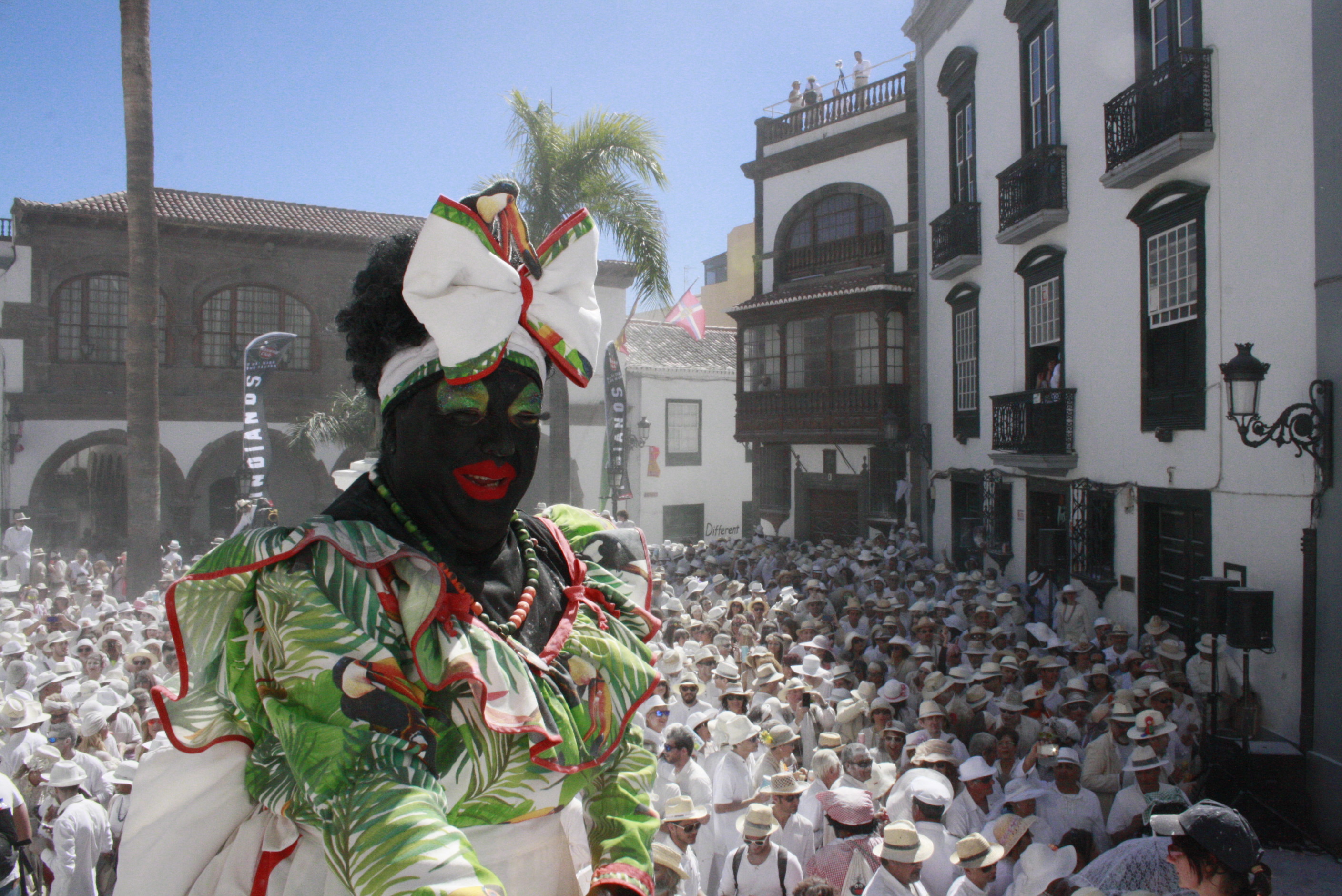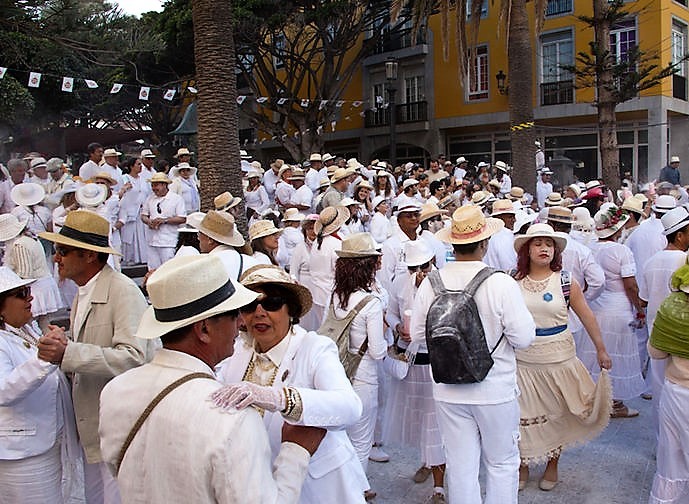Translating your brand and localising it for a specific market is an essential process nowadays. What’s more, we know from experience that it generates an extremely positive ROI (return on investment), and it’s this information that will help you to establish whether your online marketing campaigns are having the expected impact in the target market.
Category: New
More than 80 % of our team are women
Halloween, a scary date for e-commerce
This is the most frightening time of year. Almost one month before the most important date for e-commerce, Halloween floods social networks, shops and apps.
Don’t come to a halt during the summer, let’s aim for the very best September
We don’t stop in the summer. Here, we carry on providing you the best service that your translation projects require. Create your order at any time and from anywhere in the world.
It doesn’t matter whether you’re in the office or under a parasol on the beach.
How can we guarantee this type of service with unlimited opening times?
It’s very simple. We provide an instant quote service which is fast, intuitive and easy to use. A method of configuring your project requirements in simple steps so you don’t have to think about it until the delivery date. You can create your order using the instant quote from anywhere, without any complications or waiting. We remove the endless email trails, the waiting for each reply, any uncertainty about time zones, and we offer a secure and simple method so you can create your order from wherever you are.
You can select the rate that is best suited to the requirements of your text. Do you need the text sooner than you expected? Would you like one of our native language translators to carry out an additional proofreading? Do you need to position your content in this new language? You can find all of these services in the extras that you can select when choosing the rate for your project.
We have clear and secure payment methods. You can choose whether to make your payment through PayPal, credit card or bank transfer. From this point onwards you can relax while the instant quote and our translation platform work their magic.
Your project will be generated automatically on our platform where only the translators that are specialists in the subject matter and the sector of your documents will be able to view them and carry out the translation. The work is done under the supervision of our professional team of project managers who will provide guidance to the translators and answer any questions they may have from the start of the translation to the handover of the end result.
Others stop, but we want to give you the best ‘back to business’ in September, and that means offering you the best service during the summer. If you don’t stop, we won’t either.
SWORN TRANSLATION – Do you need to validate a title or file a patent in another language?
Below, we explain what documents require a sworn translation: Any document that must be submitted to an official body will need a sworn translation.
LOCALISATION: you have probably heard of it but… do you know what it means?
Localisation in translation, or l10n, as it is known in the sector, is the process of translation, adaptation and adjustment of the texts we find in videogames, websites, blogs and many other products.
The linguistic aspect of feminism: The terminology of equality
Sunday 8th March is International Women’s Day, a day that celebrates of the acheivements of women around the globe. In addition, it is a day of marches and vindications with its origins in New York in 1909.
Los Indianos – how the carnival is celebrated on the island of La Palma
One of Spain’s best-loved fiestas, the carnival, is about to take place! Just like every year, it’s a time for colour, music, festivities and above all, having a great time.
They know a lot about this in the Canary Islands, where the carnival has a very important place in their hearts and their traditions.
Today we will be taking a look at a celebration that is perhaps not so well known to the rest of the world: Los Indianos of Santa Cruz, La Palma.
This famous tradition is celebrated on the island of La Palma coinciding with the Carnival Monday, every year since the 19th century. This celebration commemorates the time when many islanders emigrated to the Americas, then known as Las Indias, specifically to Cuba, in search of a new life and wealth for their families, who eagerly awaited their return home.
On Carnival Monday, the streets of Santa Cruz de La Palma become the alleys of Havana and everyone dresses in white with the traditional clothes from that time, to remember all their ancestors who returned to the island with bags full of riches, ostentatious clothes and of course, tobacco and rum. One of the most striking aspects of the festival is when the locals throw talcum powder at each other to the rhythm of punto cubano, a combination of Cuban and Canary Islands music resulting from the encounter between emigrants and locals back in the 16th century.

And, we can’t talk about Los Indianos without mentioning their most important character, La Negra Tomasa. This character starts off the party in the morning, simulating the arrival of the boat that transported people who had emigrated to The West Indies to the capital of La Palma, then touring Calle Real and Avenida Los Indianos.
Although the starting time for Los Indianos is officially 12 pm, many people can be seen early in the morning dressed in old-fashioned white clothing, taking a walk around the city or starting the day in a bar with friends and family. After disembarking, the Los Indianos parade moves through the city from Avenida de Los Indianos to the town hall. Once they arrive, after a brief announcement by the local authorities, dances and music begin all over the capital, which won’t stop until dawn.
Los Indianos is probably one of the most unique carnivals in all of Spain, with more than 80,000 people taking part, including locals, neighbours from other islands and cruises that pass by La Palma, intended to coincide with this day.
This year (2020) the big day will take place 24th February. So, if you want to take part in a truly unique celebration, we encourage you to take the opportunity to visit the island for Los Indianos.
The concept of proofreading
What is proofreading?
According to the Cambridge Dictionary, proofreading is the act in which “one finds and corrects mistakes in text before it is printed or put online”. If we look for it in the Oxford Dictionary we will see that to proofread is “read (printer’s proofs or other written material) and mark any errors”. Meaning that proofreading is the process in which a text is brought to a publishing standard. It is generally a fancy word for correction and often it will be interchangeably used with QA (quality/assurance).
Valentina Sarno, professional English translator
Hello, my name is Valentina Sarno and I have been translating (as well as interpreting and teaching languages for many years) since 1990!
Read more “Valentina Sarno, professional English translator”











